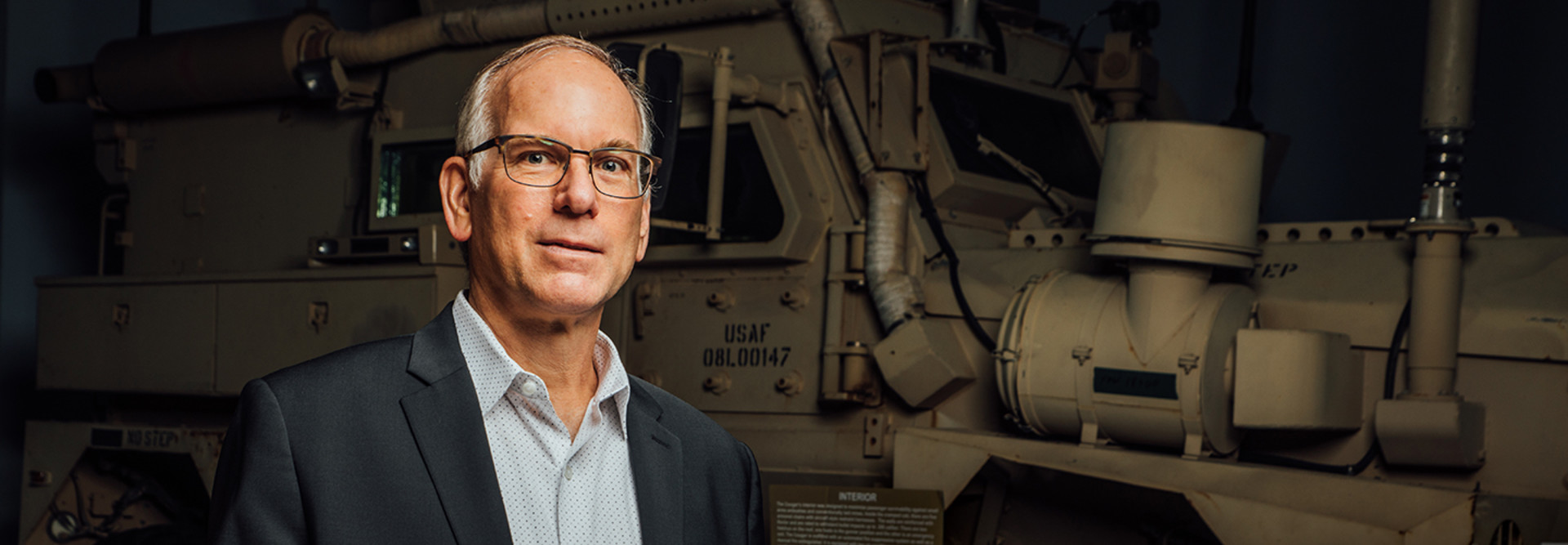“VMware provides the connectivity. We have several routing and switching devices, which are primarily Cisco, and on the back end we use Dell’s converged compute platform with Dell storage, and ServiceNow as our IT management suite for things like trouble tickets and help desk support,” Sammons says.
By creating virtual desktops, the command can support a rapid rise in requirements without having to issue government laptops.
“We can spin up thousands of desktops at a moment’s notice,” Sammons says. “The scalability is there to respond to the demand. There is a capacity limit — it isn’t infinite — but if somebody out there needs a desktop, we can spin that up within two minutes.”
MORE FROM FEDTECH: Find out how agencies gain flexibility via VDI technology.
VA Turns to VDI to Rapidly Support a Remote Workforce
The Department of Veterans Affairs also had a head start on virtualized desktop access for its temporary personnel. “Our VDI capability was in the development pipeline a little bit before the pandemic. The advent of COVID really accelerated that effort as an alternative solution to support our remote workforce,” says Eddie Pool, executive director for solution delivery, IT operations and services in the VA’s Office of Information and Technology.
An initial deployment to 5,000 users in the spring of 2020 supported typical back-office functions such as email and business applications for Windows 10 users. The capability proved invaluable in supporting remote work at a time when VA was seeing a COVID-driven surge in frontline care.
“VDI gives us the opportunity to support a BYOD methodology. Any user with a Windows 10 device can access and use our VDI solution,” Pool says. As a cloud-based infrastructure, VDI “allows us to dial up and down the usage on demand.”
VDI also has helped VA ensure security among its temporary and emergency users, with the ability to apply patches and enforce policy simultaneously across a broad swath of users.
“In our traditional desktop deployments, we manage vulnerabilities down to the individual endpoints,” Pool says. With VDI, “you are patching that image in the cloud environment, so you only have to maintain and update one environment, and users who come in will be on the most current desktop.”
This helps the agency to be more responsive to emerging cyberthreats. “This is a dynamic situation. Now, if there is a new vulnerability or a new patch, we can instantaneously deploy that into the VDI environment, and we’re done,” he says.
Experts point to enhanced security as a potential strong point for VDI. “It allows for the possibility of end-to-end encryption and possibly advanced authentication,” says IEEE Fellow Tom Coughlin. “The communication between that device and the remote server providing the VDI can be encrypted, and you could also enable two-factor authentication for that device or use a client application that requires a higher level of authentication.”












